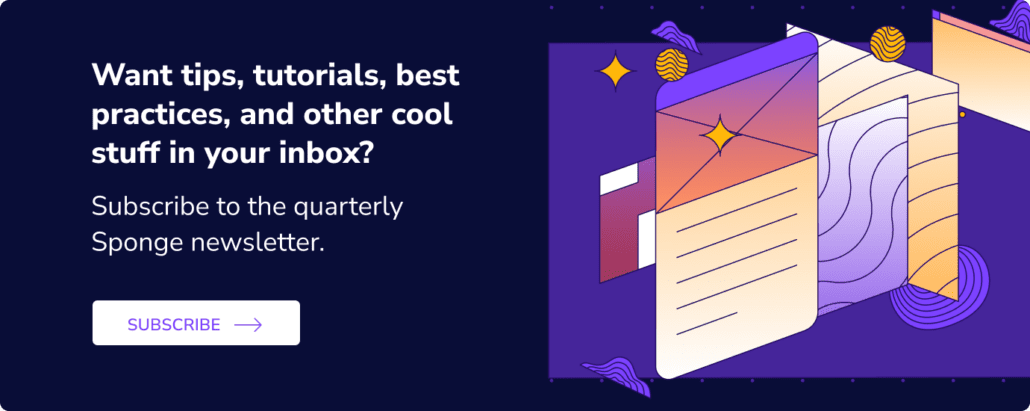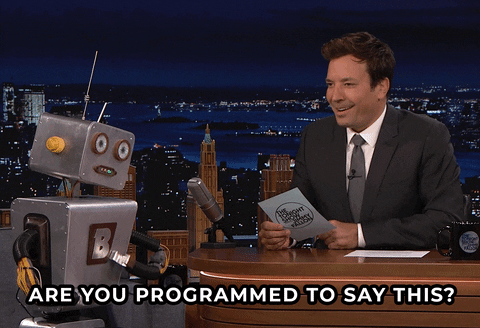The costs and headaches of hiring, training, and managing a fleet of entry-level BDRs (or LDRs, SDRs, MDRs, etc.) are daunting! Outsourcing the work to telemarketing agencies is an enticing alternative. Here are the 14 lessons we’ve learned managing outsourced BDRs after helping a €5.5 billion client onramp a telemarketing agency.
>> Related: Tips for Setting Up an In-House BDR Team <<
In this post:
Video walkthrough
Measure your baseline SLA compliance first
Before embarking on any changes to process or staffing, get a baseline KPI. That’s usually SLA compliance rates for calling and booking meetings with inbound leads and outbound prospects.
Why? Because SLA compliance is usually abysmal. Our client’s inside team completely ghosted 60% of all inbound leads 🤯, and only met the SLA 16% of the time. The transparency was a shock to the system, and it helped build a case for radical intervention. It also eased the pressure on the agency when they hit 25% SLA compliance because, after all, it was an improvement.
Get your s%!t together
Don’t be tempted by magical thinking – outsourcing BDRs won’t fix your problems. In fact, the cost of the agency will shine a glaring light on every crack in your lead-to-revenue process:
- Have you defined the lifecycle stages? Are the handoffs crystal clear across your documentation, automation, and sales teams?
- Do you agree on BANT criteria, or what an Opportunity even is? Are rejection reasons standardized? Who creates the Opportunity once it’s qualified?
- Do you have clear reporting into volume, attribution, and velocity?
- Is your data clean and complete?
- Are you using Leads, Contacts, or both? How do you match Leads to Accounts?
- How are leads assigned? Do you “pace” large list uploads from content syndication or events?
While you start vetting agencies, work through these internal debates and document/automate everything. Otherwise you’ll waste months of agency fees hitting every obstacle you’ve haven’t cleared.
Create an SLA you believe in
Going forward, SLA compliance will become a mission-critical KPI. SLAs are pretty emotional topics… we’ve seen teams who can crush 8-minute SLAs, and we’ve seen reps protest that 48 hours is too tight!
Define your new SLA carefully, using performance data. Our client found:
- Speaking on the phone within the first 24 hours was the most predictive factor to finding an Opportunity.
- After 6 attempted phone calls, the lead was dead.
- Emails only worked for hand raisers (like “contact us” form fills). Prospects registering for webinars or downloading content simply didn’t respond to email.
And remember, SLAs go both ways! How timely will lists be uploaded after events or campaigns?
Hire an FTE internally
This one may sting – even if you hire an outsourced BDR team, you still need a full-time employee to manage the program. Every single week will be consumed with:
- Running reports and analyzing results
- QAing transfers and ensuring no lead is left behind
- Resolving questions and technical issues
- Augmenting data and refining lists
- Training new hires
- Consolidating and prioritizing feedback from Marketing and Sales
- Refereeing disagreements between Marketing, Sales, and the agency
- And constantly adapting to changing needs
If you hire a BDR agency, they should not report to a sales manager or a marketing ops manager. They just won’t be given the time/attention they need, and the program will fail.
Pick an agency on the merits of their team manager
Some telemarketing agencies have specialized industry experience, but honestly they’re all pretty similar. Pick an agency based on the strengths of their team manager, and evaluate them with the same scrutiny as an internal hire.
We look for a BDR manager who:
- Intimately understands the entire BDR process, including working the lead queue, using the script, sending emails, [re]scheduling meetings, and entering data into Salesforce.
- Is ready and willing to distribute and QA every lead.
- Updates lists and flags problems.
- Can learn and further teach your ICP, key persona, competitors, and product differentiators.
- Creates and analyzes Salesforce reports every day.
If money is tight, begin your engagement with a solid month just getting the agency’s BDR manager up to speed and building that relationship. Then bring in the actual reps who will “smile and dial”.
Make it dead easy for outsourced BDRs to find and call high priority leads
Whether it’s a lead queue, SLA alert, or dashboard, reduce all friction in finding and calling leads.
In this dashboard, reps, sales managers, and marketing managers can slice/dice by lead status, SLA, campaign, parent campaign, owner, sales team, manager, timeframe, etc.
Click to expand
On the same dashboard, reps can see their entire call list and take immediate action against each contact:
And everyone is working from a single source of truth, and holding each other accountable:
Measure rep capacity early and often
Sometimes SLA compliance is stubbornly bad, and it boils down to rep capacity. If you’re generating 4000 leads a month, and only have the headcount to call 1800 leads a month… well, you do the math.
But this is one of the best perks of an outsourced BDR agency: the demand gen and events teams can model busy seasons, and expand/contract the BDR team when needed.
A few extra considerations
- You’ll never stop training – Turnover among outsourced BDRs is truly relentless. Create an onboarding playbook with short, pre-recorded product demos and role plays.
- Prioritize inbound – Inbound leads have the best conversion rates; they’re simply top priority. Create a repeatable, outbound SPIFF or playbook for lighter weeks.
- This will also be a data project – Have an escalation path for Lead-to-Account mis-matching, dupes, and bad data. Spoiler: you’ll almost always need some level of human intervention.
- Soften your qualification criteria – With the amount of turnover, it’s harder for outsourced BDRs to become fully fluent in your BANT (budget, authority, need and timeline) criteria. Consider a lighter qualification, such as “Need plus something else,” or “2+ partial BANT”.
- Have BDRs create the Opp – This one is a bit controversial, but Sales reps simply don’t hold themselves accountable until it’s in their pipeline.
- Your outsourced BDR team needs direct access to Salesforce – This one is a deal breaker. Batching files every night is a nightmare.
- Plan for Sales’ egos – Some reps will be irritated an outsourced BDR agency is calling into their accounts. This is where the benchmark SLAs help… it’s better to have somebody following up, even if it isn’t the most product-savvy person.
Our conclusions
The biggest benefit of an outsourced BDR agency is not having the HR headache of hiring/firing. But! You will still need a FTE to obsessively manage the program, iterate processes, and onboard new reps. Good luck!
FAQs
What is BANT criteria?
The acronym “BANT” stands for Budget, Authority, Need, and Timeline. The BANT criteria help sales teams determine whether a potential lead is likely to become a qualified prospect and whether it makes sense to invest time and resources in pursuing the opportunity.
What is an ICP?
ICP stands for Ideal Customer Profile. An Ideal Customer Profile is a detailed and semi-fictional representation of the perfect customer for a business. It is a strategic concept used in sales and marketing to define the characteristics, attributes, and behaviors of the customers who are most likely to derive significant value from a product or service.
What is a KPI?
KPI stands for Key Performance Indicator. KPIs are measurable metrics that organizations use to evaluate and track the performance of various aspects of their business, operations, or specific objectives.
What is a SPIFF?
A SPIFF, which stands for “Sales Performance Incentive Fund” or “Special Performance Incentive Fund,” is a short-term incentive or bonus program designed to motivate and reward sales representatives for achieving specific goals or outcomes. SPIFFs are commonly used in sales and retail environments to boost motivation, drive performance, and encourage sales teams to focus on particular products, services, or behaviors.








